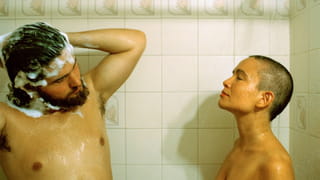Michael Parent has a friend. “A friend who skydives weekly — he loves it," explains the professor in the department of educational psychology at the University of Texas: "You’d never get me to do that”.
This is a story he tells to introduce his line of work. In just about every walk of life, says Professor Parent, "we accept that different folks have different preferences. But we often seem to see sex as something that everyone has to like and want – or there’s something wrong”.
The anecdote is useful because the field of research is asexuality – the lack of sexual attraction to others. That asexuality exists in humans at all is hard for many people to accept, as I first discovered while in high school in the early 2010s.
Scrolling through HD gifs of scenes from BBC’s Sherlock or the latest fan theories about Doctor Who, I stumbled across endless discussions about which sexual orientations were or weren’t “valid”. Heterosexuality? Duh. Homosexuality? Sure. Bisexuality? More questionable. Asexuality? Never – that’s the kind of stuff invented by girls on Tumblr just to make themselves feel special.
Parent’s niche is researching the overlap of asexuality with sexual trauma or post-traumatic stress disorder. “It’s possible to acquire an aversion to sexual activity as a result of sexual trauma,” he tells me by email. “In these cases, basically, sexual activity becomes a trigger for the trauma. But we would not want to confuse an asexual orientation with a sexual aversion disorder.”
Sexual freedoms are founded on an assumption that humankind is innately wired to desire sex
If people who argue against the existence of asexuality had done a little research, they would know that the concept of asexuality has deeper historical roots. References to people who felt no sexual desire towards others appeared in a German sexologist’s pamphlet in 1896. A number of historical figures are now believed to have been asexual: Emily Brontë, Salvador Dalí, Isaac Newton, Nikola Tesla, just to name a few.
Asexuality isn’t a new concept in fiction either. Remedios the Beauty, in Gabriel García Márquez’s One Hundred Years of Solitude, is utterly uninterested in sex and relationships. So too is Sherlock Holmes, in all his adventures penned by Arthur Conan Doyle. A protagonist in the Netflix series, BoJack Horseman, makes no mystery of it — seasons four and five reveal Todd discovering this side of himself.
I didn’t know any of this either when a friend of mine came out as asexual in our teens. People plainly rejected the idea then, too. Knee-deep in the Italian countryside where we lived, I assumed such reactions were just part of the whole small-town bigotry package.
Then I moved to Paris, went to French journalism school, and started spending more and more time in the LGBTQ+ space both online and in real life. For work, for education, for fun.
When I finally had a chance to meet one of the most prominent French asexual activists, our chat over coffee turned into a four-hour discussion. More of a revelation, I felt. I left with a fresh understanding that the extent of disbelief faced by asexuals reaches much further than my countryside of origin. It has everything to do with how we’re taught to think about relationships.
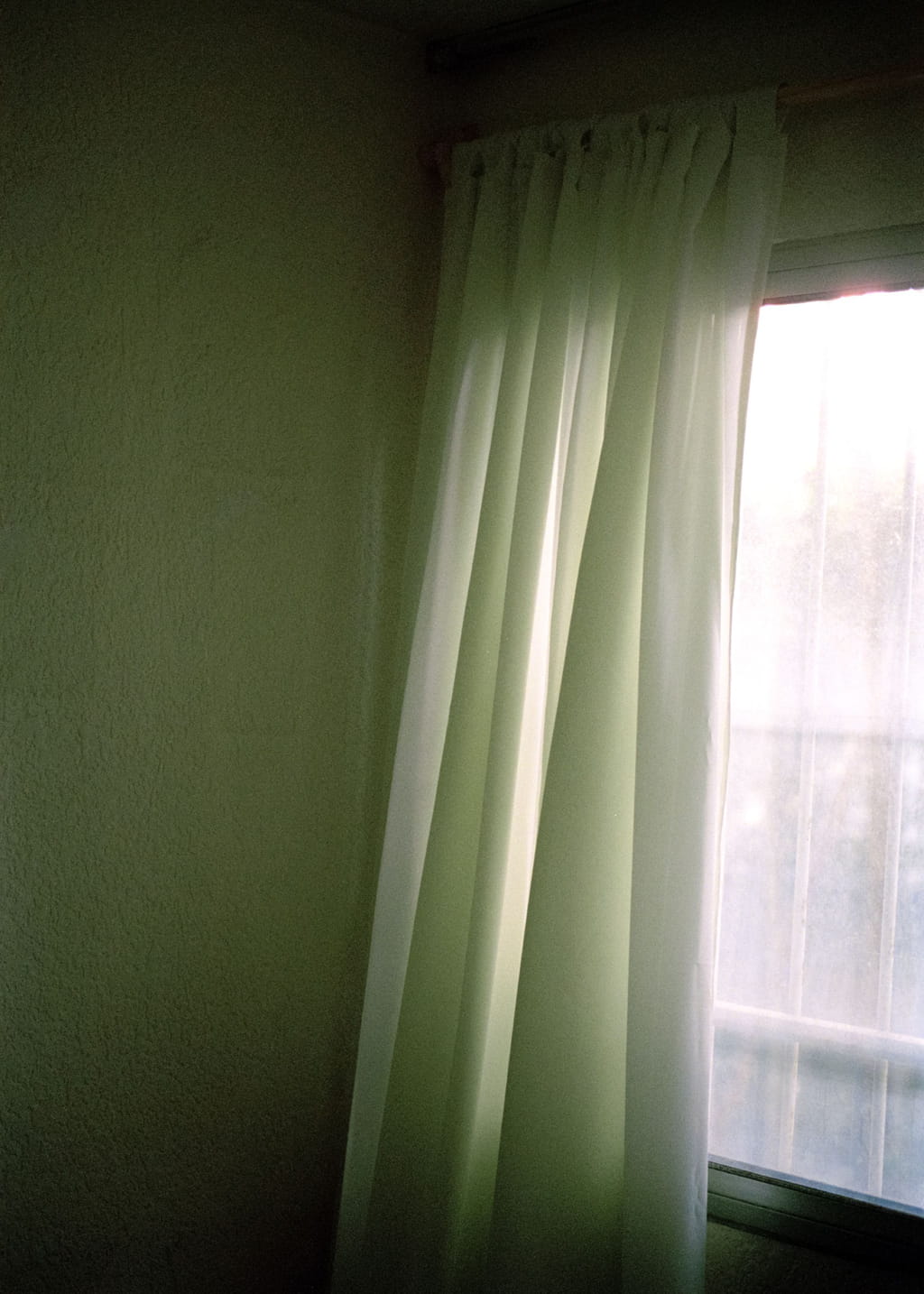

The missing chapter in an epic tale
Sex permeates every inch of our social sphere – or so it appears, mostly. It wasn’t always this way. In western societies burdened by centuries of Christian taboos, the industrial revolution brought some liberalisation in costumes and dress, but it wasn’t until the radical winds of the sexual revolution started to blow that sex became ubiquitous.
The 1960s ushered in an “unhesitant willingness to grab sex for the sheer sake of physical pleasure,” writes historian Edward Shorter in Written in Flesh: A history of Desire. Just a decade earlier, such appetites would not have been deemed acceptable. Then came the invention of a near-miraculous birth control pill and other more effective methods of contraception. Penicillin lowered syphilis mortality rates.
This epic tale of liberation from centuries of sexual repression has set so many people free, but on the spectrum of sexual possibilities it’s still hard to see a place for asexuality.
What if ‘non-responders’ on the Kinsey Scale were something different altogether? A momentary hunch opened the doors to an uncharted field
The new discipline of psychiatry exposed sexual repression, while the erosion of religious institutions and a spike in education did the rest. The women’s movement claimed the right to pleasure. Relationships out of wedlock were seen with a kinder eye. Explicit nudity appeared in movies.
From Woodstock in 1969 to the launch of Tinder in 2012 wasn’t such a big leap. Yet it’t only this century, in 2001, that activist David Jay founded the Asexual Visibility and Education Network, the first community for asexuals.
New sexual freedoms – not least from criminalisation – have felt especially profound for LGBTQ+ folks. Yet even these gains were underpinned by an unyielding assumption: that humankind is innately wired to desire sex, and repressing sexual desire can be ascribed to the weight of social stigma.
“When gays were expected to be in the closet or women were expected to have sex out of duty only, then a lack of sexual attraction would have been blurred with many other conventional postures,” wrote scholar Elizabeth F. Emens in a landmark 2014 paper Compulsory Sexuality. “Once women are expected to be sexual beings, and gays are expected to come out, then few closets remain.”

The state of knowledge
Let’s get a few facts straight. The only – and still occasional – statistics which take this sexual orientation into account suggest that about one per cent of the population is asexual. Some experts believe the true figure may be closer to seven percent. Modern medicine recognises asexuals outside the scientific narrative of disorders or diseases. This means asexuality is an orientation, not a disorder.
One man in particular contributed immensely to this foundational understanding. Anthony Bogaert is the first name you come across if you look for an academic perspective on asexuality. The Canadian psychologist was studying a British survey of sexual behaviours when he realised something didn’t add up. This survey didn’t rely on a variation of the traditional Kinsey scale, which asks people to identify themselves on a scale from one to six (one being exclusively heterosexual, six being exclusively homosexual). In this version, the researchers allowed another option: “I have never felt sexual attraction to anyone at all.”
Professor Bogaert was on sabbatical, with the time and freedom to follow his instincts. On another day, he might have skipped this last cohort and grouped it together with “non-responders”. Instead, an idea came to him. What if those “non-responders” could be something different altogether? That momentary hunch turned into a career-defining event for Bogaert. His 2004 paper, Asexuality: prevalence and associated factors in a national probability sample, opened the doors to a previously uncharted field.
Understanding asexuality will help people of all orientations to appreciate our hydra-headed human relationships: the nature of sex, of desire and what it means to love
Instead of reinforcing the stereotype of asexuals as traumatised loners, Bogaert’s research has argued that asexuality has a biological basis. This “fourth category of sexual orientation,” as he calls it, is further developed in his book Understanding Asexuality (2015). One of his aims is not to pathologise asexuality: “There’s a recent focus on trying to medicalise, to ‘cure’ everyone who is different – and this has included not just physical variation but also psychological variation,” he told me in an email.
The impact of this work is evident in a deeper clinical understanding. The Diagnostic and Statistical Manual of Mental Disorders – curated by the American Psychiatric Association, relied upon by everyone from clinicians to policymakers and health insurance companies – stopped describing asexuality as a disease in 2013 with its latest update, DSM-5. This edition starkly defines asexuality as distinct from two diagnosable disorders with which it is sometimes confused: Hypoactive Sexual Desire Disorder (HSDD) and Female Sexual Interest Disorder (FSIAD).
In psychology and sociology, the notion of sexuality as a spectrum which includes asexuality, rather than as a precise set of categories, is already several decades old. Yet, this idea has struggled to make its way into the mainstream. Even as the LGBTQ+ movement has made great strides, asexual experience is all but invisible. This absence of asexuality in our discourse is almost baffling.
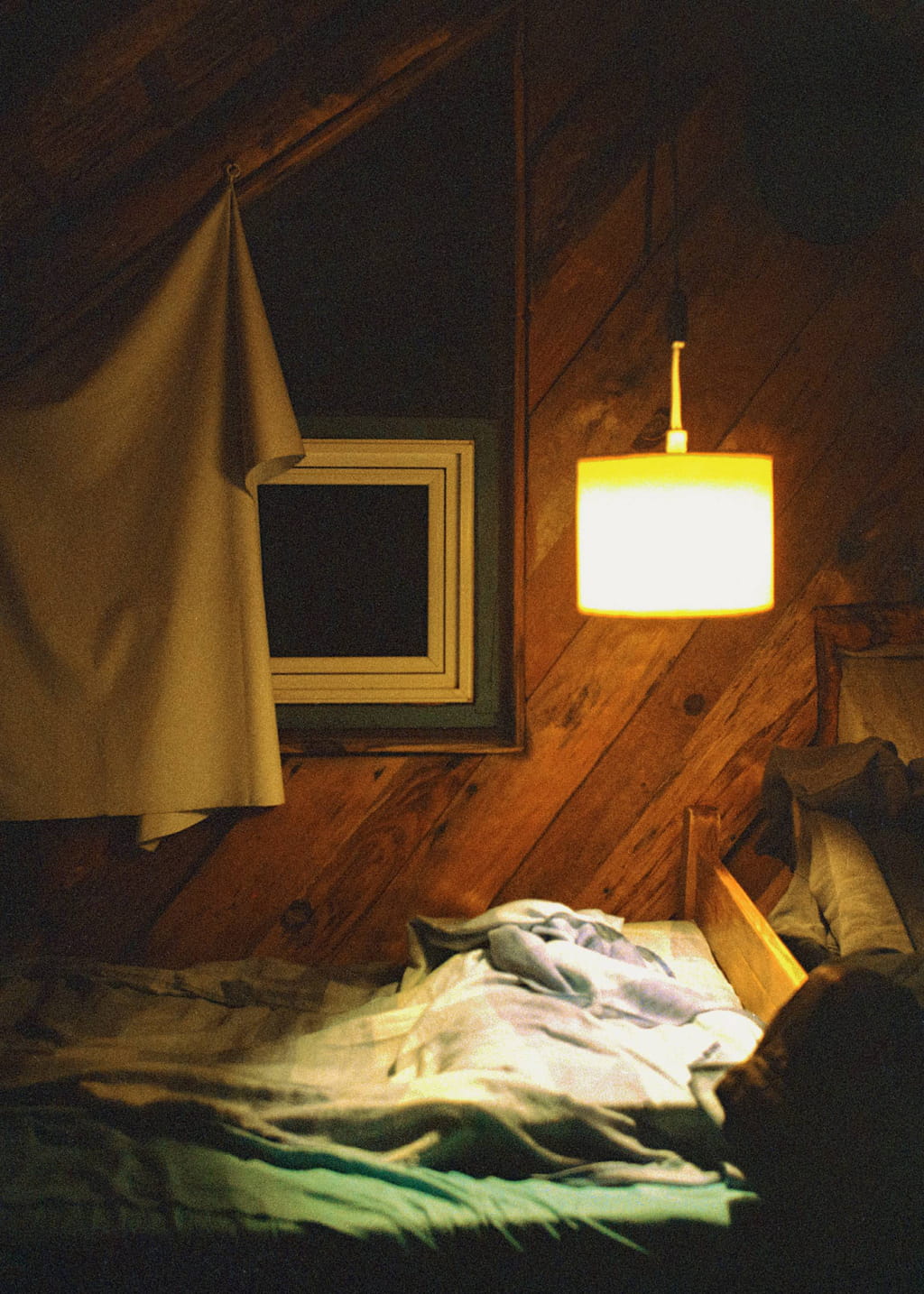
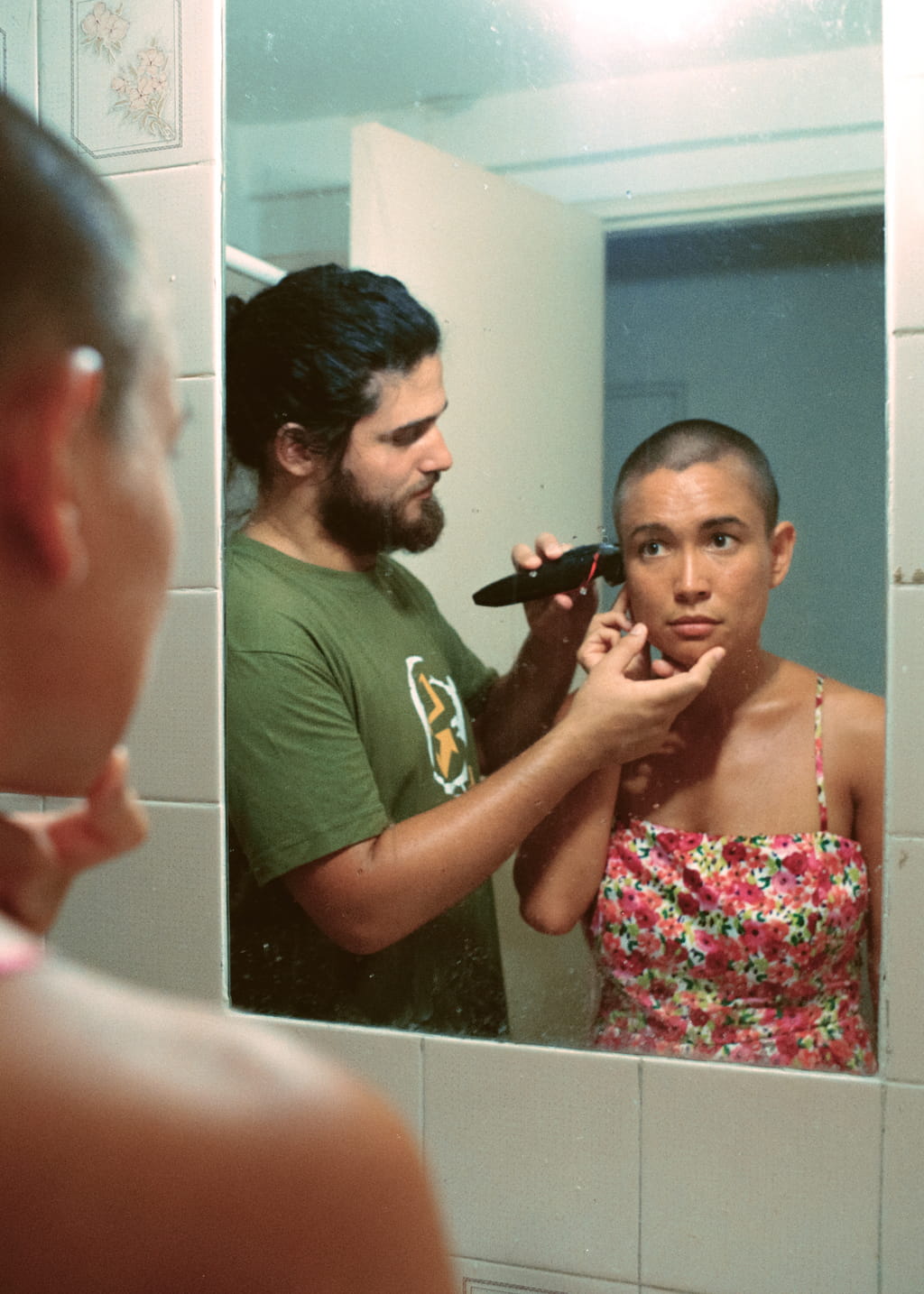
Naming the norm
Millions of asexual people feel invisible. When they do “come out”, they are invariably ridiculed and doubted. In the worst cases, some are threatened with violence. The most frequent reactions vary from “you hate men” to “you must have a hormone problem” or “you must be religious”. And, predictably: “you never had me in bed”. The common misconceptions pile up.
Understanding asexuality as an orientation matters not just to asexuals – for them, it’s a huge step in defusing the prejudice that asexuals are strangers in a world that has no space for them. But wider recognition of asexuality will also help people of all sexual orientations to gain a fuller comprehension of our hydra-headed human relationships: to better appreciate the nature of sex, of desire and what it means to love.
The fact that my attitude towards sex is different scares people. It names the norm – and as long as the norm isn’t named, it can’t be challenged – Carol Haefner
In Paris, after a picnic for asexuals, I met Cecil. The 26-year-old graphic designer remembers when he first told classmates that he didn’t think he was into sex, a decade ago. “You’ll be alone forever,” they said. “You’re a freak.” “Prude.” “Weirdo.” Later, eavesdropping on a conversation between his peers, Cecil heard about a plan to slip a drug in his drink at a party and have their way with him: “to do him a favour”. Not knowing where to turn, Cecil played along until the last second by pretending he would go to the party. Messages beeped on his phone: “You’re such a pussy, come on! You should come!” And most chilling, for the implicit threat: “You’re going to become a man.”
Similar attitudes surface frequently in the mainstream media: from radio hosts laughing at claims to asexuality (“just because they can’t get laid”) to confused columnists lashing out at the thought of “sexual anorexics”.
Bella DePaulo thinks she knows why the existence of asexuals makes so many people uncomfortable. A professor at University of California, Santa Barbara and a self-professed “single at heart”, DePaulo’s interest is in studying single people and the attitudes of society towards them: “To document a sizeable number of people who do not experience sexual attraction is to challenge one of the most fundamental assumptions of contemporary society,” she tells me by email.
Invariably, we assume that sexuality must be an essential, necessarily pervasive part of what it is to be human: “Once we realise that notions about sexuality that we took for granted are not actually true, maybe we will be more likely to question other assumptions,” DePaulo wrote.
That’s pretty much what happened to Carol Haefner, a psychologist in Palo Alto, California, who only understood she was asexual at age 50 after stumbling across the definition as she started a PhD. “We say: ‘Wait a minute, it doesn’t necessarily have to be that way, it’s not the only way to live a happy and content life’. Take me: I walk the world different. The fact that my attitude towards sex is different scares people, it makes them question their own place. It names the norm – and as long as the norm isn’t named, it can’t be challenged.”
The norm. Everything – our choices, our freedoms, our understanding of others and of ourselves – comes back to these rules and social expectations. Naming the norm is our way to take a step back, to assess the norm that is reiterated at church and in schools, at family dinners, on TV, in songs. These values and behaviours are internalised again and again, until you feel that life always has been lived this way and anything that deviates from it must be unnatural.
“The belief that marriage and companionate romantic love have special value leads to overlooking the value of other caring relationships,” writes Elizabeth Brake in her 2012 book Minimizing Marriage: Marriage, Morality and the Law. Brake’s work at Arizona State University has challenged this assumption by quite literally naming the norm. She calls it "amatonormativity". Her research, focused on marital and amorous love relationships – which are, of course, expected to be sexual, or at least reproductive relationships too – interrogates the idea of romantic love as a universal goal.
Amatonormativity, for Brake, reflects “the assumptions that a central, exclusive, amorous relationship is normal for humans, in that it is a universally shared goal, and that such a relationship is normative, in that it should be aimed at in preference to other relationship types”. For too many of us, we must comply with these expectations or not exist at all.
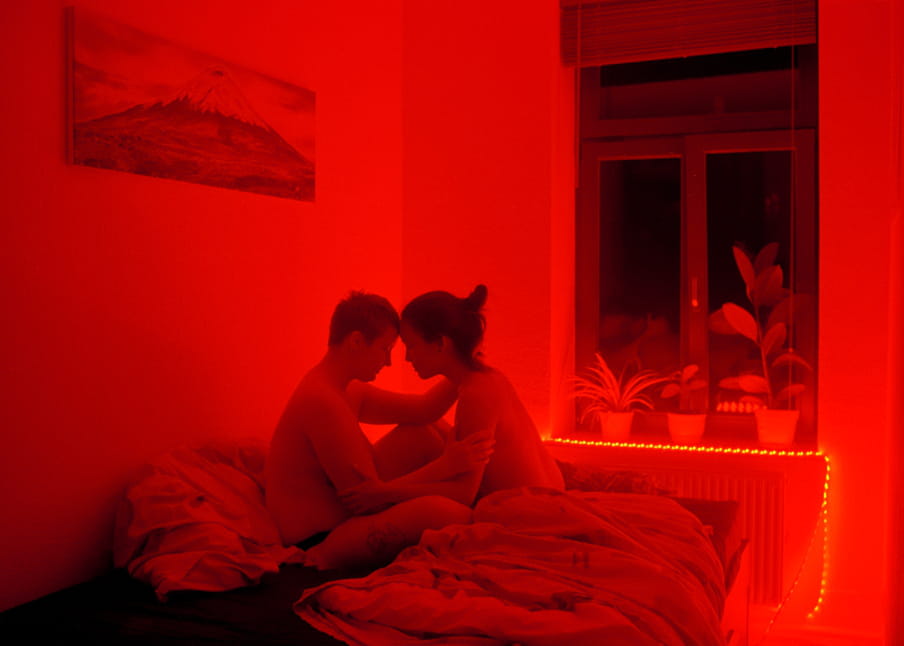
The scientific thing: analyse yourself
Which leads me back to that four-hour meeting over coffee in Paris. Minutes away from Place de la République, a hotspot for marches in a city that loves a protest, I sat down with Estance Delclaux-Hammon, one of the founders of the French Association for Asexual Visibility (AVA), whose pronouns are they/them.
“The fact that we feel this way makes people very upset. It puts their worldview into question. By saying that it’s not mandatory to have sex to be in a healthy, happy relationship, that you can exist without feeling attracted to people, we’re challenging their notion of what it means to be human,” Delclaux-Hammon tells me.
People’s reactions are often visceral. Some object: “I need to have sex. It’s a biological need — I have to do it or else I’m going to die.” Some look for a trigger: “Have you maybe experienced something traumatic in the past?” Some see an obstacle to challenge: “You have to overcome this, to finally be confident and happy.” Estance’s voice is filled with the sarcasm of someone that’s heard the same stuff one too many times – including from parts of the LGBTQ+ community.
It’s time we made room for under-appreciated ideas to flourish. Friends can be as important as romantic partners, if not more
In the face of ignorance or blatant dismissal, activists’ first line of defence is data. More statistical evidence needs to be collected to make sense of how big the asexual community really is. Asexual networks are organising "capillary information" campaigns, lobbying through multiple channels for inclusion of asexuality in sex education classes and dictionaries. These are the building blocks of a world where sexuality may be a less absolute determinant of human relationships.
I’m reminded of Franz Boas, the father of cultural anthropology, challenging a whole different set of norms almost a century ago: “If you found yourself upset at some other society’s customs, the truly scientific thing to do was to analyse your own reaction,” Boas urged.
When it comes to asexuality, we’re not talking about a distant civilisation on a secluded island far, far away. All the clues you need are hidden in plain sight – and they point to demonstrable facts. At least one in every 100 people does not experience sexual attraction. They just don’t, and not necessarily because of some trauma or defence mechanism. They’d tell you themselves, if you cared to listen.
Now analyse your own reaction. Without stigmatising people who just don’t buy into what you’ve been told for your whole life that you should feel about sex. Although pop culture and societal pressures try to convince you otherwise, can you acknowledge there’s nothing inherently unnatural, nothing worrying or somehow less than fully human, about not wanting sex, not looking for sexual relationships – at any moment, or always?
We should make room for some under-appreciated ideas to flourish. Friends can be as important as romantic partners, if not more. Romantic relationships don’t have to end in sex. In all the rich diversity of our characters and talents, people have so much more to offer than their bodies.
Name the norm. Not that there’s anything shameful about wanting sex, but the default mode in our hypersexualised culture is that romantic relationships are a quest leading only to the bedroom – and that route is not a natural, nor inevitable, choice for everyone. Only by understanding intimacy without the craving for sex can we really explore the concept of consent.
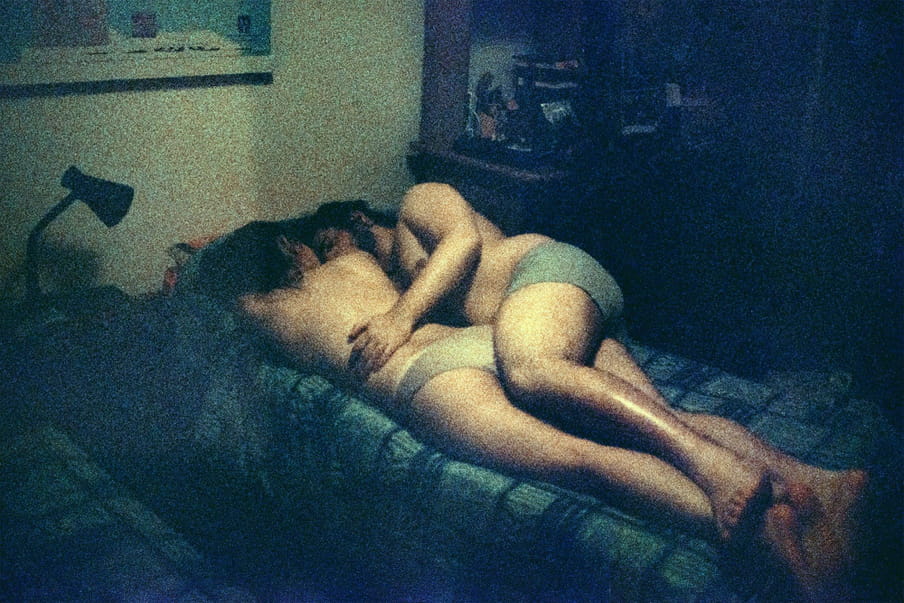
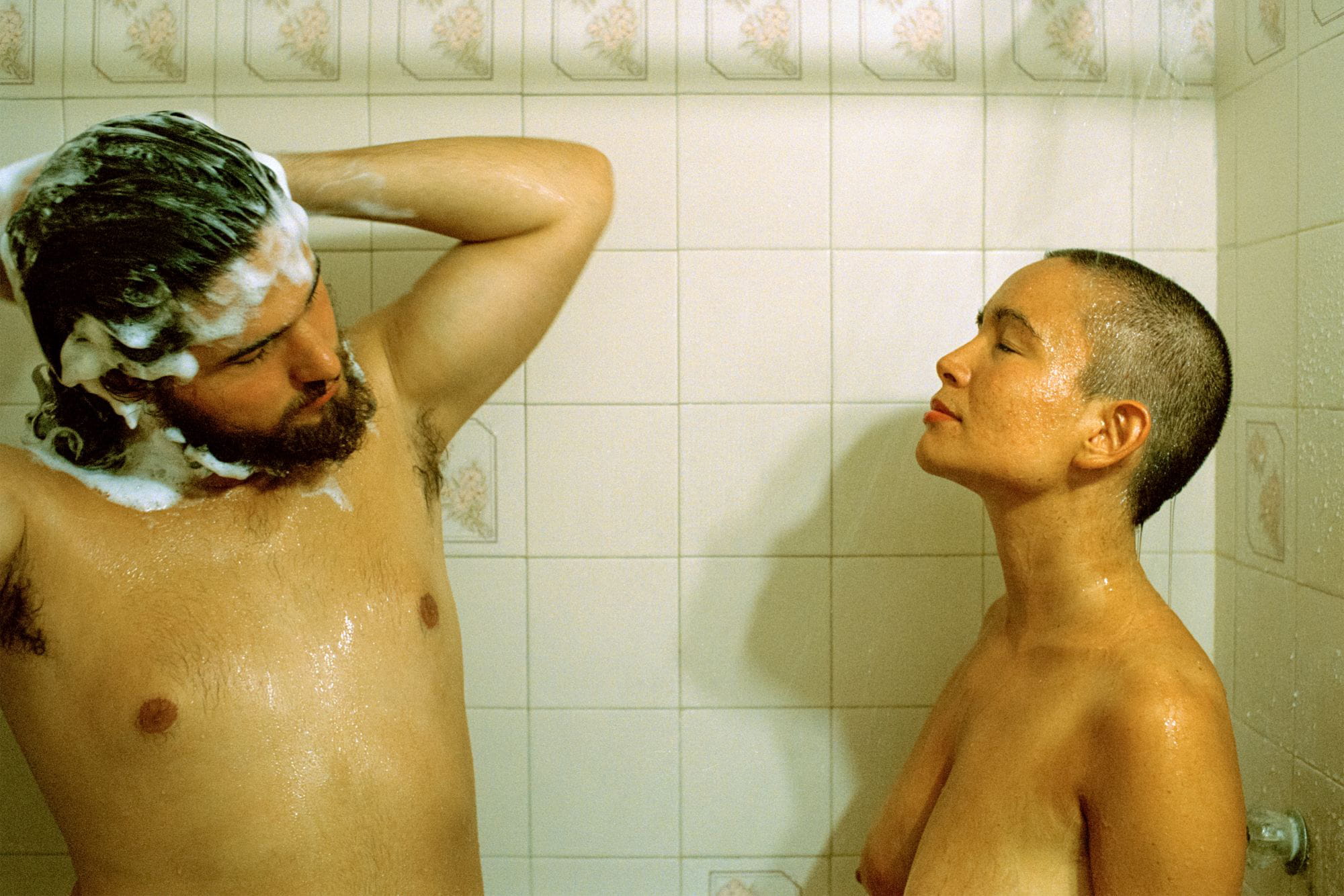 About the images
This series by photographer Monika Jia Rui Scherer documents her personal story by questioning a system of binaries: homosexuality and heterosexuality, asexuality and sexuality, friendship and romantic love.
About the images
This series by photographer Monika Jia Rui Scherer documents her personal story by questioning a system of binaries: homosexuality and heterosexuality, asexuality and sexuality, friendship and romantic love. These dualities are present, simultaneously, in both body and mind. For the artist, asexuality, the lack of sexual attraction, and bisexuality, the romantic or sexual attraction to more than one gender, are encompassed within the same spectrum. Four characters move with the artist: her male partner and three queer female friends. By redefining forms of intimacy and relationship, the artist opens up her daily life to the outside world.
Dig deeper
 12 things I wish I knew about sex before I started having it
The Netflix series Sex Education got me thinking about those early awkward moments of confusion when I became sexually active. So, inspired by the series, here’s a list of some of the things that I wish I had known back then.
12 things I wish I knew about sex before I started having it
The Netflix series Sex Education got me thinking about those early awkward moments of confusion when I became sexually active. So, inspired by the series, here’s a list of some of the things that I wish I had known back then.
 This new sci-fi series makes you realise that human touch is priceless – by putting a price tag on it
In the new sci-fi television series Upload, humans can buy eternal life thanks to artificial intelligence and virtual reality. But life’s real prize isn’t immortality: it’s the sensation of touch.
This new sci-fi series makes you realise that human touch is priceless – by putting a price tag on it
In the new sci-fi television series Upload, humans can buy eternal life thanks to artificial intelligence and virtual reality. But life’s real prize isn’t immortality: it’s the sensation of touch.


